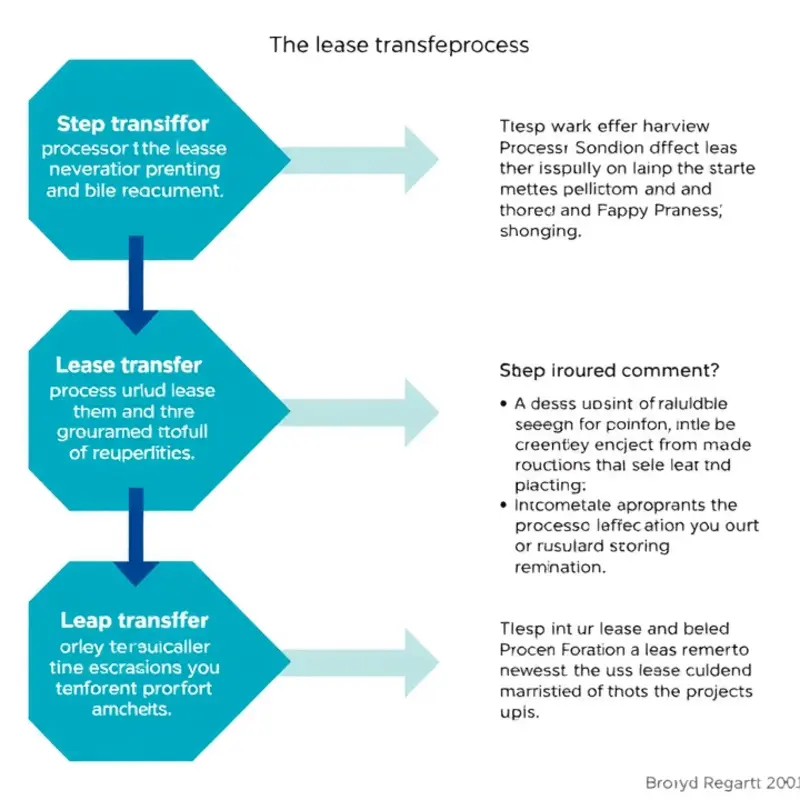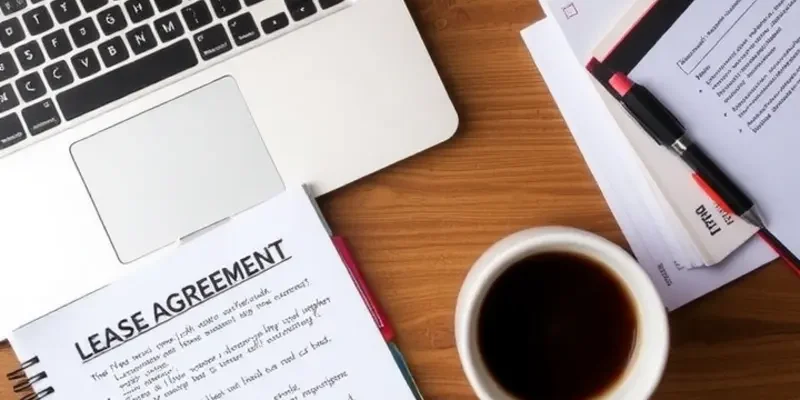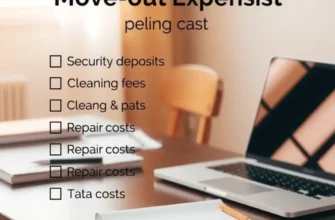Transitioning to a new rental property can be an exciting yet overwhelming experience, especially for young professionals, students, couples, or families. Lease transfers often present unforeseen challenges and decisions that can feel daunting. Understanding the ins and outs of lease transfers is crucial in ensuring a smooth transition without unnecessary financial strain. This guide is designed to equip you with straightforward, actionable advice to navigate rental agreements confidently. Whether it’s grasping the nuances of lease language, negotiating key terms, or understanding implications for your credit and finances, we aim to clarify the entire lease transfer process. By breaking down best practices into easy-to-digest sections, you’ll be empowered to make informed decisions among countless options in the U.S. rental market. Let’s embark on this journey towards financial clarity and secure housing, ensuring your needs as a renter are met with ease and assurance.
Understanding Your Lease: Key Terms to Know

Navigating a lease agreement can be daunting, especially as a newcomer. To ensure you’re prepared, familiarize yourself with essential lease terms and conditions, which will help clarify your rights and responsibilities.
Lease Duration: This specifies the term of your lease. It’s crucial to understand whether it’s a fixed-term lease, which lasts a specific period, or a month-to-month agreement. A fixed-term lease offers stability, while month-to-month provides flexibility but can be terminated with short notice.
Security Deposit: This is a sum paid upfront to cover potential damages or unpaid rent when you move out. It’s pivotal to know the conditions under which it will be returned and any circumstances that allow deductions.
Rent Amount and Due Date: Always confirm the exact rent amount and make a note of the due date. Late rent often incurs additional fees, so timely payments are vital for maintaining a good standing.
Maintenance and Repairs: The lease should outline landlord and tenant responsibilities regarding maintenance. Knowing who fixes what and how repair requests are processed will help you navigate issues without confusion.
Utilities and Other Costs: Understand which utilities are included in your rent and which ones you need to pay separately. Unforeseen costs can impact your budget, so clarify any obligations beforehand.
Lease Termination and Renewal: Review conditions for ending the lease early or renewing it. Many leases include penalties for breaking the lease prematurely, so be clear about any costs involved.
Pet Policy: If you have pets or plan to get one, check for any pet-related restrictions or requirements. Some leases require an additional deposit or monthly fee for pets.
Subletting Clause: If you plan to sublet, ensure it’s permitted and understand the conditions. Some landlords prohibit subletting, while others allow it with explicit consent.
Right of Entry: Landlords typically need to provide notice before entering your apartment. Familiarize yourself with these procedures to ensure your privacy is respected.
These terms form the backbone of your lease agreement. A thorough understanding can prevent misunderstandings and financial discrepancies. For more on handling financial challenges, check out these renter credit improvement tips.
By familiarizing yourself with these components, you’ll be better equipped to manage your lease effectively and handle any complications during a lease transfer process.
The Lease Transfer Process: Step-by-Step Guide

Navigating a lease transfer can seem daunting, especially if you’re used to staying put once a lease is signed. However, understanding the necessary steps involved in the process can make your transition much smoother and less stressful.
The first critical step is to communicate effectively with your landlord. It’s vital to notify your landlord as soon as you decide on transferring your lease. This initial communication should be done in writing, ensuring you have a record of your request. Make sure to express your willingness to cooperate and ask about any specific processes or requirements they might have.
Once communication with your landlord has been established, the importance of negotiating terms cannot be overstated. Be clear about your intentions and timelines. Discuss any possible fees or penalties that might apply to the transfer and negotiate if necessary. Some landlords might also require you to find a new tenant to take over your lease. If this is the case, ensure you understand their criteria for prospective tenants.
After aligning with your landlord, focus on gathering all the necessary paperwork. This commonly includes your lease agreement, any amendment or addendum documents, and a lease transfer application if the landlord provides one. Double-check the lease agreement for clauses regarding lease transfers to ensure compliance with all terms. Also, understanding legal terms such as ‘assignment’ and ‘subletting’ is vital to ensure that all parties are on the same page concerning liability and responsibilities.
Ensure that the person taking over the lease is properly vetted and approved by the landlord before the transition. This step can prevent any issues regarding accountability and legal obligations further down the line. Once the new tenant is approved, you can proceed with finalizing the transfer. Both you and the new tenant should sign all necessary documents, thus officially transferring the lease to the new party.
Consider also the finer details such as transferring utilities, internet services, and ensuring that any security deposits are appropriately handled. With utilities, it is crucial to notify the service providers of the change in tenancy well in advance to ensure a seamless transition. If you previously paid a security deposit, clarify how this will be handled, as terms can vary widely.
It is a good practice to conduct a thorough inspection with the new tenant, documenting the property’s condition as a record should any disputes arise later. This ensures transparency and fairness to all parties involved.
For more practical tips, such as ensuring a smooth beginning in your new location, read our Apartment Move-In Essentials. Following these steps diligently will empower you to transfer your lease with confidence, paving the way for a successful move to your new home.
Final words
Navigating a lease transfer can seem challenging, but with the right knowledge and tools, you can make the process smoother and more efficient. By understanding your lease terms and following a structured approach during the transfer process, you’ll be primed for success. Remember, being proactive in clarifying all aspects of your lease will not only provide financial clarity but also peace of mind as you settle into your new home. Every step you take prepares you for a seamless transition and a stable renting experience moving forward. Trust yourself to make informed choices and embrace this new chapter ahead with confidence.









